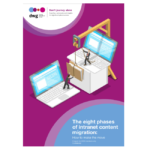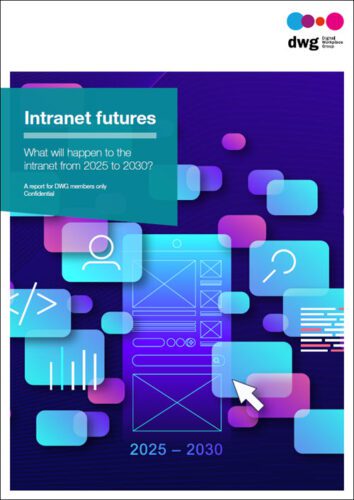User-centred design goes to summer camp

For those of us in the Northern Hemisphere, fall – and everything pumpkin-spiced – has arrived, and this summer’s activities are quickly fading to distant memories. One summer memory I’m keeping fresh in my mind though is the day I met up with my old friend, user-centred design (UCD), in an unexpected place: summer camp.
I know what you’re thinking: “User-centred design at summer camp? Odd.” Well, it is and it isn’t. You see, the camp was contemplating changing some of its programmes for next year, but before they did they wanted to better understand what motivated parents to sign their kids up for this particular camp as well as get some input on the changes they were thinking about making. To do this, they conducted a series of in-person focus groups with parents whose kids have been campers for a number of years and who would also be impacted by the potential changes.
To be fair, user-centred design looked a little different at summer camp than it does in the workplace, but the idea of understanding what users (in this case parents and kids) want and then incorporating their feedback into the requirements and design of the final product are key principles of UCD.
Taking UCD to work
My summer camp UCD experience got me thinking about how important UCD is to the digital workplace and yet how often it gets overlooked. Sometimes you fall into the “We’re users too” trap and think you already know what your users want. Other times, you may think you don’t have the time, budget or expertise for UCD.
Regardless of why you may not have employed UCD in the past, here are some relatively quick and low/no-cost ways of using it in the future:
- “Talk” to the people: While user interviews and focus groups are great, they admittedly take a fair bit of time to conduct and you need someone (or multiple people) to summarize the feedback. Oftentimes, you can get the same kind of rich feedback by using online tools, which cut down the amount of time required for both user and researcher. For example, you can gain valuable insight by using online surveys and card–sorting tools. A quick online search will turn up a number of these tools that are free and, sometimes more importantly, don’t require you to be a user research expert
- Buy your users a cup of coffee: In my experience, people love to give feedback, especially when it comes to the tools they have to use every day. Sometimes, they’re just waiting for you to ask for their input. Other times, it pays to offer an incentive. You don’t have to have a big budget to offer an incentive; just make sure it resonates with your audience. You’d be surprised how motivated people are by a gift card or a cup of coffee
- Know what you’re asking for: Don’t fret if you need to do a little research of your own before you conduct your user research. DWG can help. To better understand what it takes to create and implement a user experience (UX) programme tailored to your organization and the needs of your users, download the executive summary for DWG’s report “Setting up a user experience programme: The path to a user-centred digital workplace”. It’s also great to hear what others are doing and consider how you might apply some of those same tactics in your own organization. For example, you can hear what BNY Mellon is doing to create unifying employee experiences in Episode 34 of the Digital Workplace Impact podcast or listen to the replay of my DW24 presentation below to learn about the testing we did at Adobe when we embarked on a project to modernize our award-winning intranet. (DWG members have free access to all of these resources on the member extranet.)
While I don’t know what changes the summer camp will make for next year, I’m pretty sure some, if not all, of the feedback they received from parents will help shape next year’s programmes. I’m looking forward to finding out!
We’re delighted to announce that Andrea Brant has recently joined the DWG team as an Account Manager and will be looking after some of our members. Andrea is passionate about optimizing employees’ digital experiences and previously led Adobe’s Digital Communication Channels team, driving the strategy for and implementation of Adobe’s internal digital communications.
Get access to 70+ best practice digital workplace reports
DWG members have unrestricted access to the UX report featured in this blog. It forms part of DWG’s best practice Research Library of 70+ reports covering key areas such as strategy and governance, personalization, user experience and change management for intranets and digital workplaces. Find out what else is in the library and new research that’s coming up. Contact us to learn how to gain access to this library via DWG membership.
Take the next step…
Categorised in: Digital workplace

